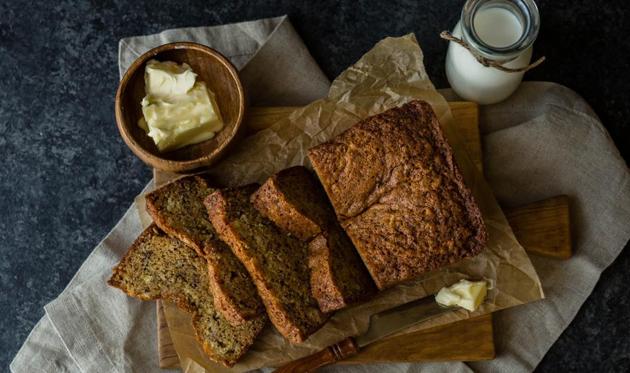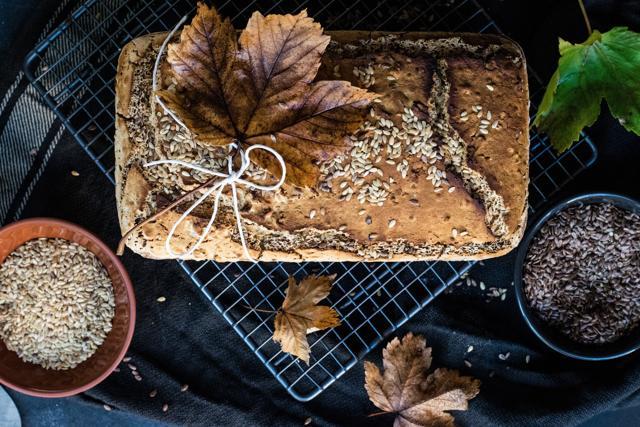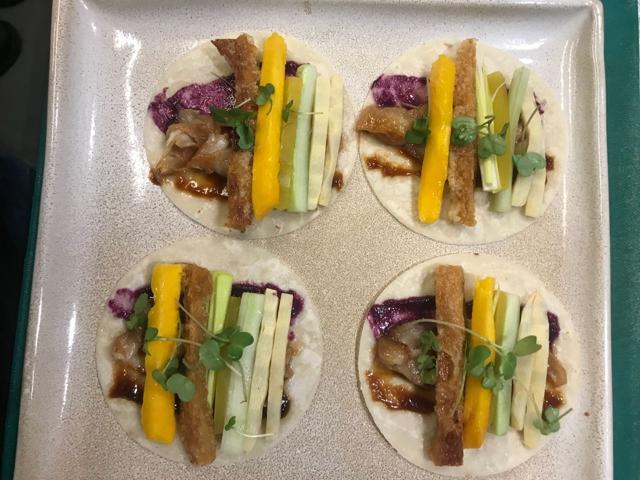Here’s an inside scoop on the trend of alternate flours
The rising demand of gluten-free products has made way for flours such as amaranth, coconut, and banana.
Warm, soft, delicious breads have been the cornerstone of our kitchens. And of course, the epitome of comfort food for many. However, due to the rising demand of gluten-free products, all-purpose flour breads have now been dethroned by alternate flours such as amaranth, coconut flour, buckwheat, banana, etc.


According to experts, the trend of alternate flours originated in 2016. However, it’s only now that it’s gaining popularity in India. “There has been an increase in the number of people suffering from gluten and wheat allergy. Also, now, in the age of social media where information is easily available, people have become health-conscious. Hence, it’s not a surprise to see the demand for alternate flours rise,” says chef Vivek Chauhan from The Imperial.
Sprouted grain bread is a healthy alternative to white flour or whole grain flour bread. Sprouted breads can be consumed with low fat cheese, walnut butter, almond butter, low calorie jams and marmalades. Diabetic people can also enjoy high fiber sprouted breads: Vivek Chauhan, chef, The Imperial
So, how is the production process, taste and texture of alternate flours different from regular flour? “Since alternate flours don’t have gluten, the natural binding doesn’t occur, hence other leavening agents are required to make bread from them. As for cakes and chapattis, it’s the same process as using regular flour but the end product will definitely not have the same texture,” says chef Swasti Aggarwal, food strategist, Foodhall.

The texture of banana flour is lighter as compared to wheat flour. Banana flour acquires an earthy non-banana flavour when cooked whereas amaranth flour has a fine texture and retains its nutty flavour, after being cooked.
Keep in mind that flours like almond can be quite heavy and high in calories and rice flour is quite starchy. So, just because it’s not wheat, it doesn’t mean it’s automatically okay to consume large amounts of it: Swasti Aggarwal, food strategist, Food hall
And, what are the health benefits? “It’s low in carbs, aids in weight loss, helps to maintain blood sugar. It’s also low in gluten, which improves tolerability and protection from chronic diseases. And, it’s easily digestible due to higher enzyme and lower lectin levels,” explains chef Chauhan.
Apart from offering health benefits, alternate flours are versatile enough to be experimented with.
You can make coconut flour at home by dehydrating grated fresh coconut or roasting it in an extremely low temperature and then blending it. Almond flour can be made at home by blending soaked almond and then dehydrating it: Nishant Choubey,Chef
They can be used as a base substitute for your favourite savories as well. “Alternate flours such as coconut flours are high in protein, contain healthy fats, and most importantly, have low glycemic index, which means it can be used in most baking goods. Banana flour can be used in making malpua and halwa while amaranth flour pizza and burger are definitely creative. Pancakes made from amaranth and coconut flour are becoming increasingly popular,” says chef Nishant Choubey.






